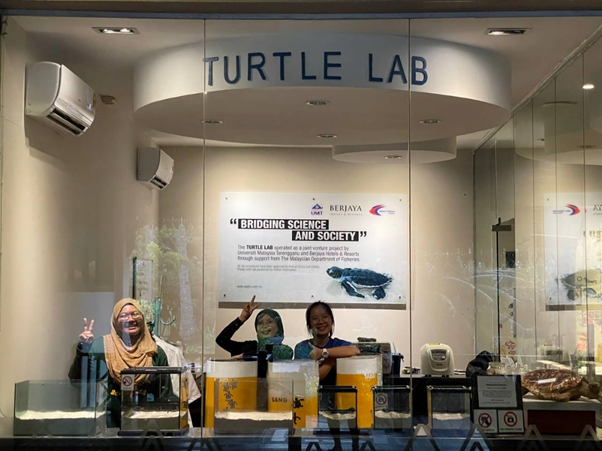
Figure 1: SEATRU biologist posing for the front view of the Public Viewing Lab in the middle of the resort’s lobby.
By Mohd Uzair Rusli
University-industry collaboration entails joint work in developing and sharing of knowledge, technology, and expertise between corporations and academic institutions. This partnership allows access to industry partners to advanced research equipment and knowledge while providing universities with real-world projects and industry exposure. Forming an industrial lab within a university refers to establishing a research facility that addresses industry partners’ demands.
Many universities worldwide have created industry-university partnerships and labs, which are important in encouraging innovation and driving economic growth. The concept of industry labs within universities dated to the late 19th and early 20th centuries when colleges began emphasising practical research and technology transfer. The idea gained traction in the post-World War II era. Governments worldwide increased their investments in scientific and technology research, and universities and corporations recognised the benefits of collaborating more closely.
There are numerous successful examples of university-industry collaborations and the formation of industry labs within institutions. One fine example is the early-1990s collaboration between the Massachusetts Institute of Technology (MIT) and General Electric (GE). This collaboration combined the skills and resources of MIT’s faculty and students with GE’s technological capabilities and industry experience, resulting in the development of new technologies, goods, and services and significant economic growth in the region. A striking instance was the development of GE’s “Brilliant” range of industrial control systems, which are currently utilised in various industries, including power generation, aviation, and transportation. The collaboration also allowed MIT students to obtain hands-on experience and assisted GE in recruiting top talent from the university.
In Malaysia back in 2018, the Sea Turtle Research Unit (SEATRU) of INOS, UMT and The Taaras Beach and Spa Resort in Redang launched a slightly different industry-university lab concept named the Public Viewing Lab. The project took off through support from Berjaya Hotels and Resorts, the resort owner, on SEATRU, which has been undertaking conservation and research works on sea turtles on the island since 1993. Served as an opportunity to enhance scientific studies on this endangered species, the lab’s presence at The Taaras showcases physiological research on sea turtles while functioning as a tourism attraction.
The lab produces faster research results and lowers the university’s laboratory running expenditures. Two marine biologists have been assigned to the lab serving as science communicators on full sponsorship by the resort. With so many visitors, conservation activities now have a platform to directly engage a wider audience and enhance the sale of conservation-themed goods, leading towards self-sustenance in the long run. However, there are huge obstacles to overcome, such as regulatory and legal issues, because there is no reference or benchmark for establishing the lab. Close collaboration with the Department of Fisheries Malaysia is crucial in tackling these difficulties.
Universities and industry partners may have distinct cultures, work methods and communication practices, which can create challenges to effective collaboration. A university research team may conduct tests conventionally with caution while the industry partner may work in a more agile and fast-paced manner. This disparity can lead to misunderstandings, especially when meeting deadlines. This issue may be felt most acutely by in-house biologists working in the laboratory. To overcome these cultural differences, both the university and the industrial partner should be open to learning from each other and establishing a common ground. Regular communication and updates on the research progress can assist in keeping both sides aligned towards a successful end.
Another cultural barrier is that industry partners frequently have shorter R&D spans, whilst universities have longer timeframes for research and discovery, and balancing between the two can be difficult. However, this can be overcome by keeping abreast to the latest scientific developments. I was intrigued by the recent speech by our Higher Education Minister, Datuk Seri Mohamed Khaled Nordin, ‘Let us remember that our presence in university is to fulfil national and patriotic obligations, not to pursue individualistic happiness.’ Therefore, university-industry partners should keep in mind of the aims to collectively advance our nation’s growth.
In conclusion, a bright future for university-industry collaboration with enormous potential exists. What can be accomplished with enhanced collaboration and understanding between academics and industrial partners is limitless. With both parties bringing distinct viewpoints and strengths to the table, innovation flourishes where diverse perspectives meet. Collaboration may spur innovation and help solve complicated challenges in novel and exciting ways. With open communication and mutual willingness to learn from each other, university-industry cooperation will lead to a brighter future for the nation.
This article first appeared in the February 2023 issue of TheEdgemarkets.com
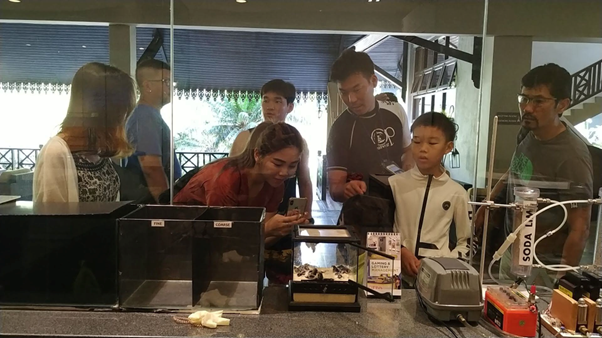
Figure 2: View from the inside public viewing lab where visitors are excited at the hatching sea turtles.
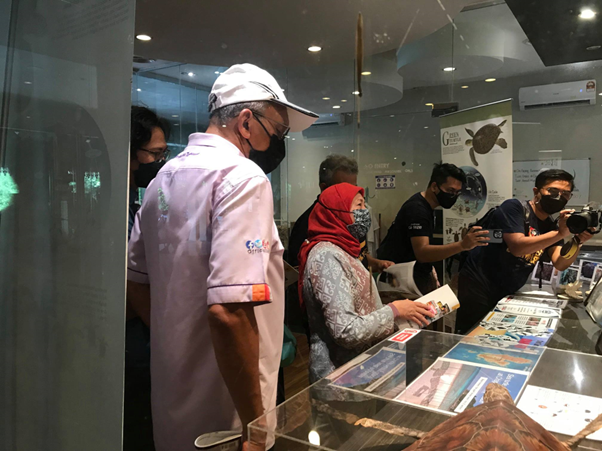
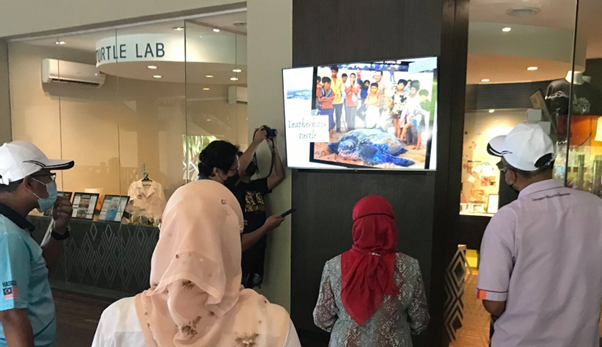
Figures 3 & 4: Visit by Dato’ Sri Hajah Nancy Shukri, Minister of Tourism, Arts, and Culture, in November 2021.
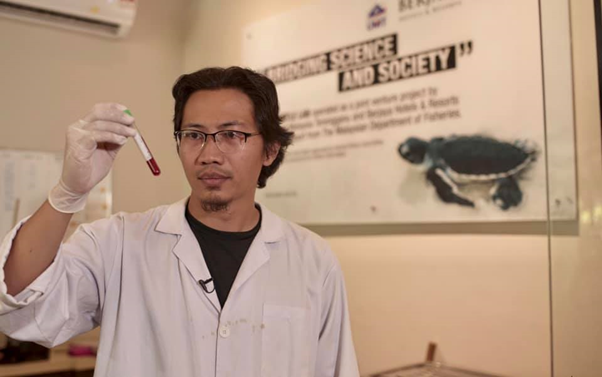
Figure 5: Author at Public Viewing Lab working on blood biochemistry of sea turtles in our effort to assess the effect of tourism towards sea turtle health in Redang Island, Terengganu.
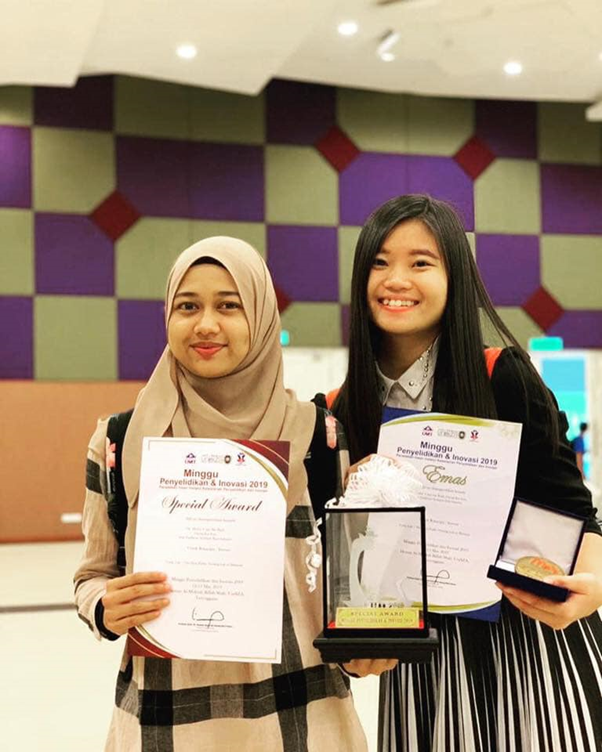
Figure 6: Nadhirah Suhaimi and Lyvia Chong (SEATRU Biologist) won a gold medal and special jury award in recognition of Public Viewing Lab for The Best Social Innovation project at Research & Innovation Week in 2019.


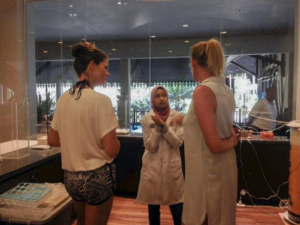
Figures 7, 8 & 9: Our biologist plays the role of a science communicator when visitors receive visits from various backgrounds.

Copyright © INOS | Institute of Oceanography and Environment | Universiti Malaysia Terenganu | 2024. All rights reserved.